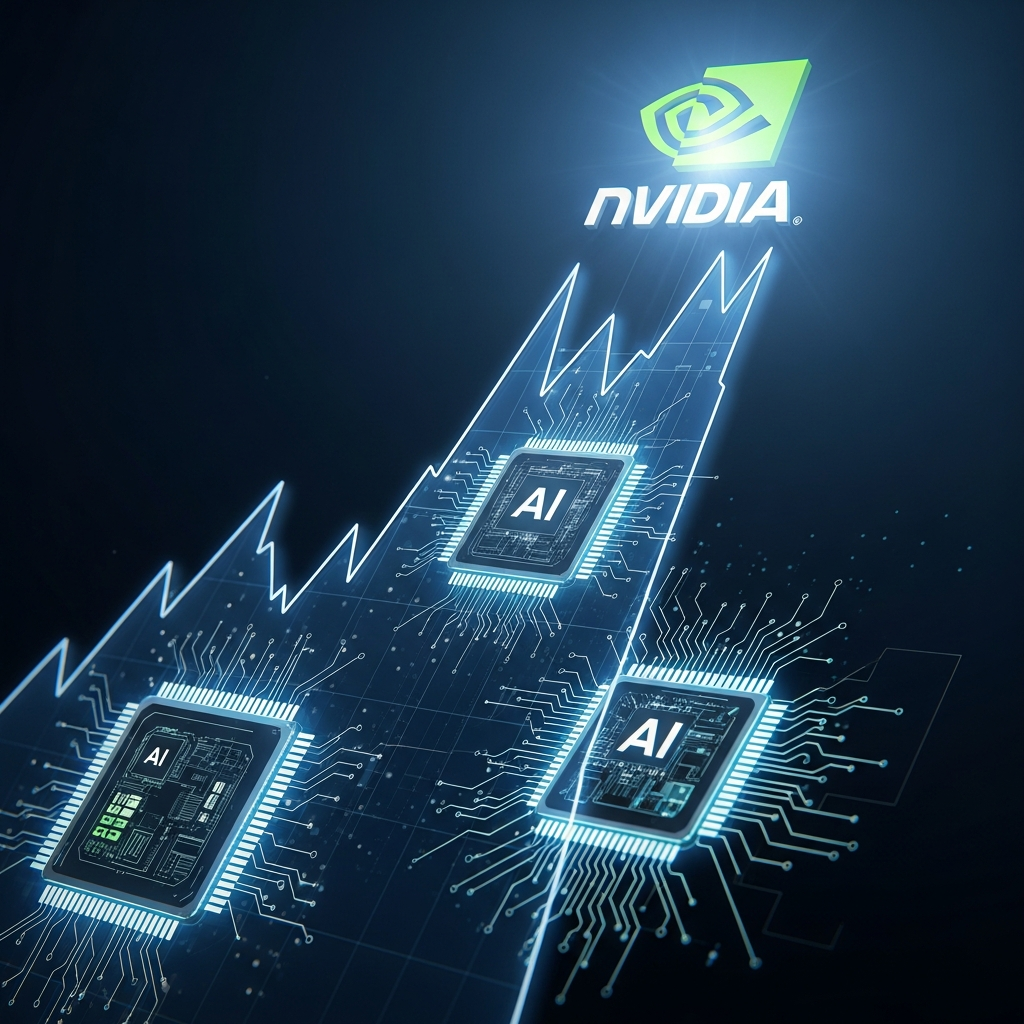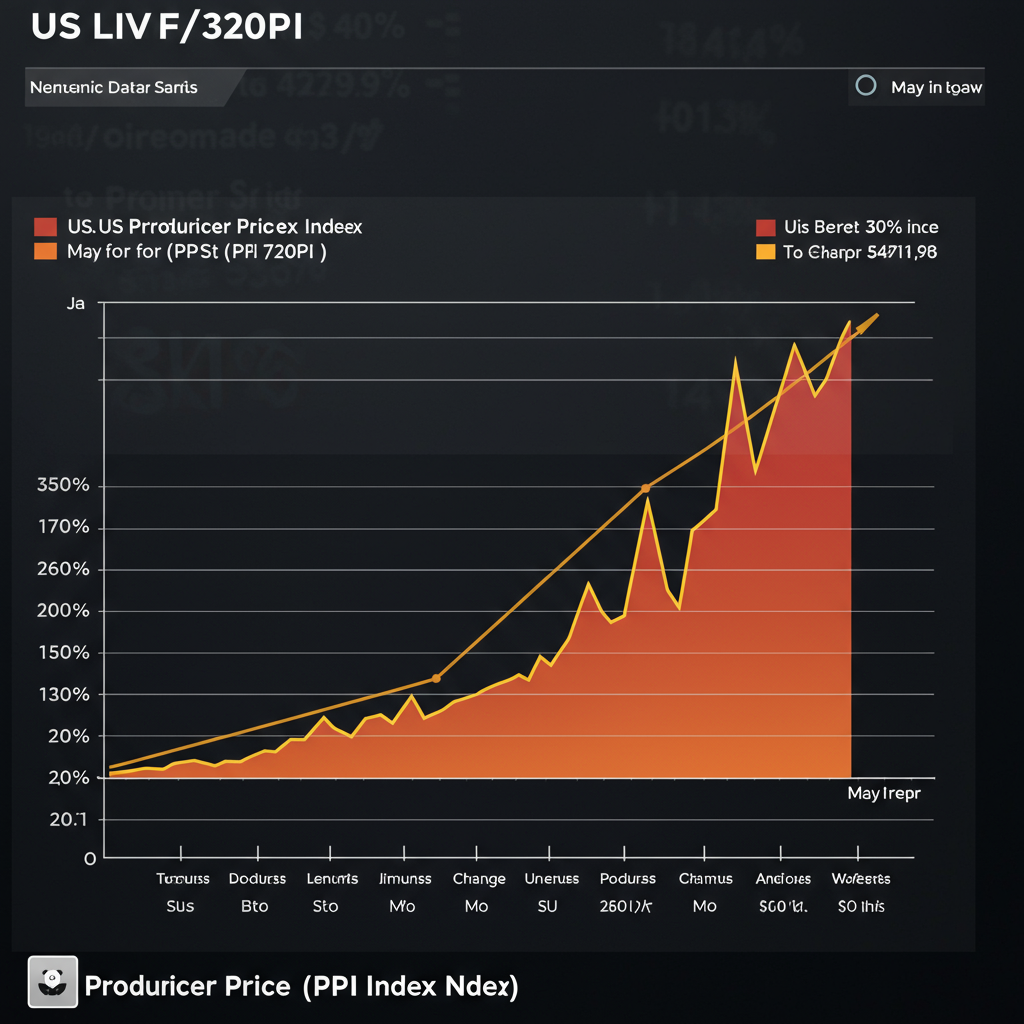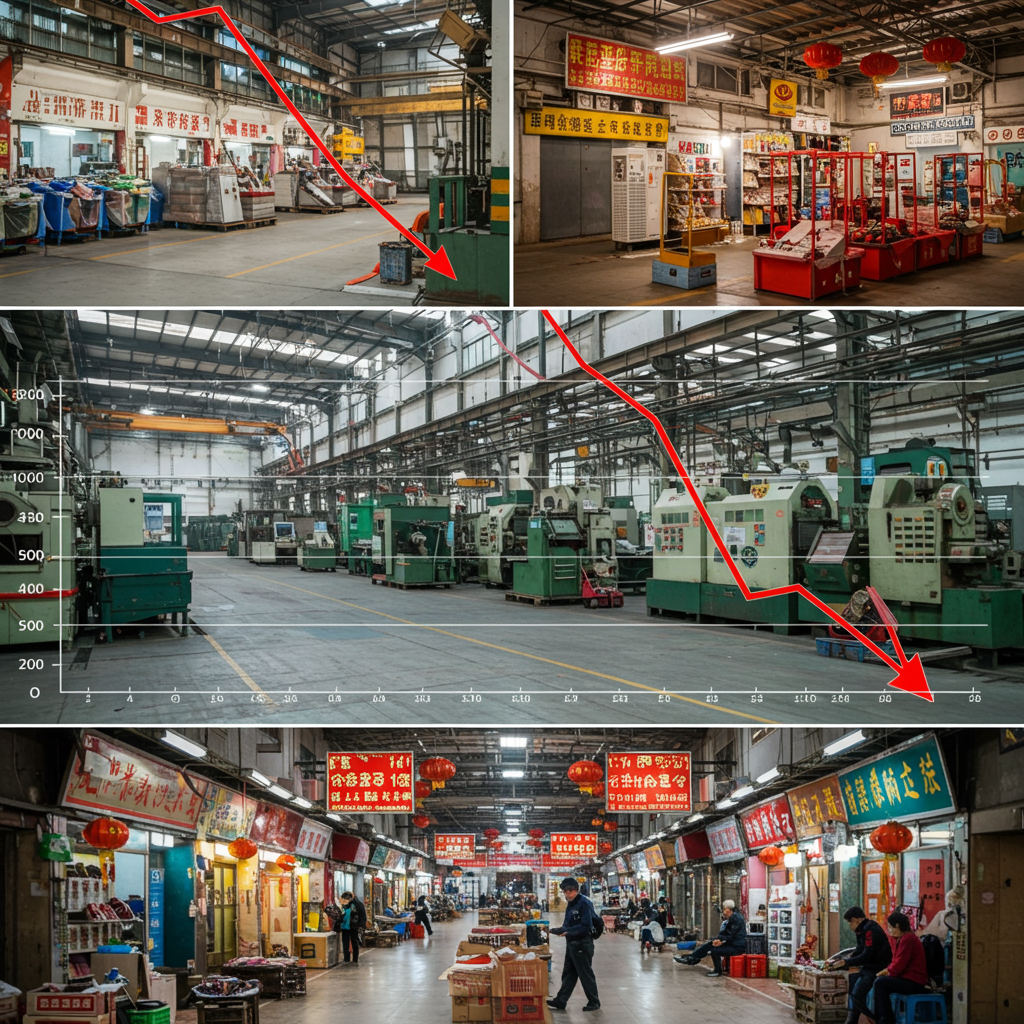Nvidia, the semiconductor titan, recently delivered an earnings report that sent its shares surging, providing a much-needed jolt of confidence to a market increasingly wary of an “AI bubble.” The company’s exceptional revenue and optimistic future outlook significantly surpassed analyst expectations, driven primarily by insatiable demand for its specialized AI chips. This powerful performance not only boosted Nvidia’s own stock but also offered reassurance across the broader technology sector, highlighting the robust health of AI infrastructure investment. Investors are keenly watching how Nvidia’s continued dominance in AI hardware will shape the next phase of technological evolution.
Nvidia’s Q3 Triumph: Blowing Past Expectations
In its latest quarterly earnings report, Nvidia shattered Wall Street’s forecasts, showcasing remarkable financial strength. For the three months ending in October, the company reported a staggering 62% jump in revenue, reaching an impressive $57 billion. This substantial growth was largely propelled by its data center division, the engine of Nvidia’s AI operations, which saw sales skyrocket by 66% to more than $51 billion. Such figures underscore the critical role Nvidia plays in powering the global artificial intelligence boom.
Adding to the positive news, Nvidia’s sales forecast for the upcoming fourth quarter projected revenue in the range of $65 billion. This optimistic guidance also comfortably exceeded market estimates, triggering a notable approximately 4% increase in Nvidia’s share price during after-hours trading. The strong showing was a welcome relief for investors, who had previously shown apprehension regarding the sustainability and valuation of AI-related investments.
The AI Engine: Unpacking Data Center Dominance
Nvidia’s chief executive, Jensen Huang, wasted no time in highlighting the unprecedented demand for their AI components. He stated emphatically that sales for Nvidia’s next-generation Blackwell systems were “off the charts.” Furthermore, Huang confirmed that “cloud GPUs [graphics processing units] are sold out,” signaling a supply struggle to keep up with intense market appetite. These remarks reinforce Nvidia’s pivotal position as the indispensable supplier for cloud computing and AI infrastructure globally.
Huang also directly addressed widespread concerns about a potential “AI bubble,” offering a contrasting perspective. “There’s been a lot of talk about an AI bubble. From our vantage point, we see something very different,” he explained during a call with analysts. He confidently added, “We excel at every phase of AI.” This statement aims to calm investor fears by asserting Nvidia’s strategic and diversified strength within the rapidly expanding AI ecosystem.
Market Reaction & Easing Investor Concerns
Nvidia’s quarterly report garnered heightened attention across Wall Street, arriving amidst mounting worries about the potential overvaluation of AI stocks. These fears had contributed to a four-day losing streak for the S&P 500 index leading up to Nvidia’s announcement. Many observers felt that the market needed a strong performance from a bellwether like Nvidia to stem the tide of skepticism regarding returns on AI investments.
Analysts had set a high bar for Nvidia’s results. Adam Turnquist, chief technical strategist for LPL Financial, articulated the sentiment by noting the question wasn’t whether Nvidia would beat expectations, “but by how much.” Matt Britzman, a senior equity analyst at Hargis Lansdown, supported this view, suggesting that while “valuations for certain areas of the AI sector ‘needed to take a breather,’ Nvidia is not in that camp.” This consensus among experts suggests that Nvidia’s robust performance is viewed as an outlier of strength in an otherwise cautious AI investment landscape.
A Deeper Look at Analyst Sentiment
The reaction from various financial experts further solidified the positive outlook. Bernstein senior analyst Stacy Rasgon praised the report as a “nice, solid beat and raise,” questioning what more investors could realistically ask for. Angelo Zino, an analyst at CFRA, highlighted that Nvidia’s growth is “completely being driven by data centers,” anticipating that supply constraints will likely persist through 2026 and potentially into 2027. This long-term demand forecast bodes exceptionally well for the company’s data center revenue potential and its ability to maintain high-profit margins.
However, some nuances emerged regarding market psychology. Gene Munster of Deepwater Asset Management described a “Catch-22” for the AI complex. He noted that while strong guidance is positive, it could also amplify worries about overspending in the sector. Conversely, a more modest forecast might signal a quicker-than-expected normalization of growth, potentially dampening enthusiasm. This perspective indicates the delicate balance Nvidia and other AI leaders must strike in managing investor expectations.
Future Prospects & Strategic Challenges
Nvidia’s financial leadership, Colette Kress, shed more light on the company’s future revenue pipeline. She informed analysts that Nvidia would “probably” be taking more orders, exceeding the previously announced $500 billion in AI chip orders anticipated through next year. This staggering figure underlines the long-term visibility and demand for Nvidia’s cutting-edge processors, including its Blackwell and future Rubin chips. Analysts like Doug Clinton of Intelligent Alpha noted that Jensen Huang’s earlier $500 billion GPU sales prediction implies significant growth upside. Goldman Sachs’ Jim Schneider also observed that risks were “more to the upside,” citing Nvidia’s strong competitive hold.
Despite this rosy outlook, Nvidia faces strategic hurdles, particularly concerning regulatory limits on chip exports to China. Kress openly expressed disappointment about these restrictions, stating that the U.S. “must win the support of every developer,” including those in China. She affirmed Nvidia’s commitment to ongoing engagement with both American and Chinese governments on this critical issue. The implications are significant: Nvidia’s market share in China has reportedly fallen from 95% to 50% due to these curbs, allowing domestic players like Huawei to gain ground. This situation poses a long-term competitive challenge, as Huawei has demonstrated an “incredible” capacity in computing and networking technology, potentially extending its AI chip influence beyond China.
Broader AI Ecosystem and Market Valuation
Nvidia’s impressive performance is set against a backdrop of colossal AI investment across the technology sector. Titans like Meta, Alphabet, and Microsoft are pouring vast sums into data centers and advanced chips to capitalize on the AI boom. These companies’ recent earnings reports have consistently reaffirmed the significant capital expenditure committed to AI infrastructure. Sundar Pichai, CEO of Alphabet, characterized the growth of AI investment as an “extraordinary moment” but also acknowledged potential “irrationality” in the current AI frenzy.
Nvidia, often seen as a bellwether for the entire AI market, remains at the heart of numerous high-profile deals. This includes a reported $100 billion investment in OpenAI, the developer of ChatGPT. Such transactions, sometimes involving AI firms investing in one another, have drawn scrutiny for their “circular nature.” Nevertheless, Nvidia’s pivotal role has cemented its market prominence, recently becoming the world’s first company to reach a $5 trillion valuation. This milestone underscores its significant influence and perceived value in the ongoing AI revolution.
Frequently Asked Questions
What primarily drove Nvidia’s strong Q3 earnings beyond analyst expectations?
Nvidia’s exceptional Q3 earnings were overwhelmingly driven by the surging demand for its specialized AI chips, particularly those used in data centers. The company reported a 62% jump in overall revenue, with its AI data center division seeing a 66% increase in sales. CEO Jensen Huang highlighted “off the charts” sales of Blackwell systems and “sold out” cloud GPUs, directly attributing the stellar performance to the insatiable global appetite for artificial intelligence infrastructure.
What are the future prospects for Nvidia’s AI chip demand, and how are analysts viewing this outlook?
Nvidia’s future prospects for AI chip demand appear robust, with CFO Colette Kress indicating the company would likely exceed the previously announced $500 billion in AI chip orders through next year, referencing upcoming Blackwell and Rubin chip generations. Analysts are largely optimistic, with many expecting supply constraints to persist through 2026 and possibly into 2027. This long-term visibility and sustained demand for high-performance GPUs are seen as strong indicators of continued growth and market leadership for Nvidia.
How are U.S. export restrictions impacting Nvidia’s global strategy, especially concerning China?
U.S. export restrictions are significantly impacting Nvidia’s global strategy, particularly its ability to sell advanced chips to China. CFO Colette Kress expressed disappointment over these curbs, emphasizing the need for the U.S. to “win the support of every developer,” including those in China. These restrictions have reportedly caused Nvidia’s market share in China to fall from 95% to 50%, creating opportunities for domestic competitors like Huawei to gain substantial ground in a crucial market.
Conclusion
Nvidia’s latest earnings report marks a pivotal moment, reaffirming its undisputed leadership in the artificial intelligence sector. By significantly outperforming expectations and projecting robust future growth, the company has effectively allayed some of Wall Street’s concerns regarding the sustainability and valuation of AI investments. While strategic challenges, such as U.S. export regulations to China, persist, Nvidia’s innovation in AI chips and its central role in powering global data centers position it as a foundational player in the ongoing technological revolution. The semiconductor giant’s performance serves as a powerful indicator of the sustained and accelerating demand for AI infrastructure, shaping market sentiment and investment flows for the foreseeable future.




